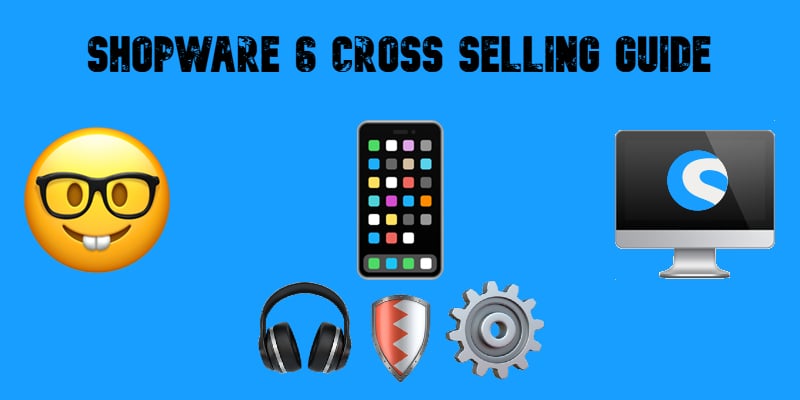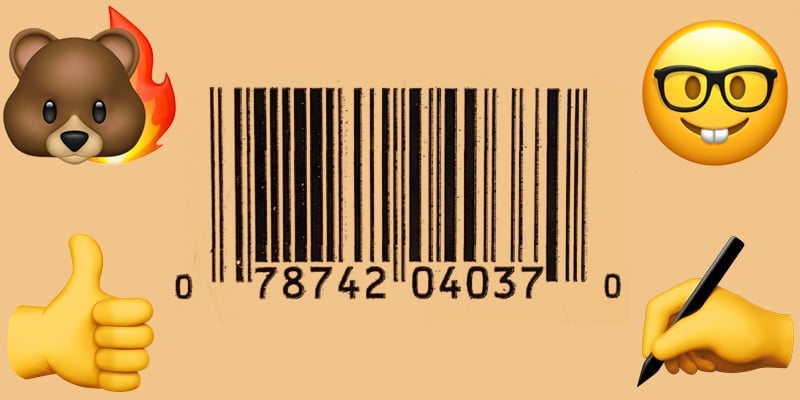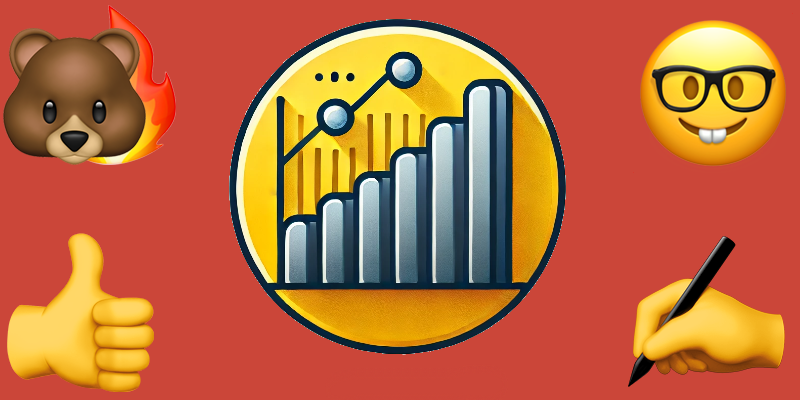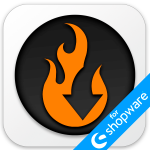How to Boost Sales with Shopware 6 Cross Selling: The Ultimate 2025 Guide

Want to increase your average order value and improve customer experience? Shopware 6 cross selling helps you recommend complementary products, encouraging shoppers to add more to their carts. Whether it’s suggesting accessories for electronics, complete outfits in fashion, or must-have add-ons for home appliances, cross-selling is a proven way to drive revenue.
In this guide, we’ll walk you through everything you need to know — how to set up, import, and export cross-selling data in Shopware 6 — so you can automate recommendations and streamline your product strategy. Learn how to create dynamic product display, optimize manual assignments, and leverage bulk import/export to save time while boosting sales. Ready to make cross-selling work for your store? Let’s dive in! Continue Reading








